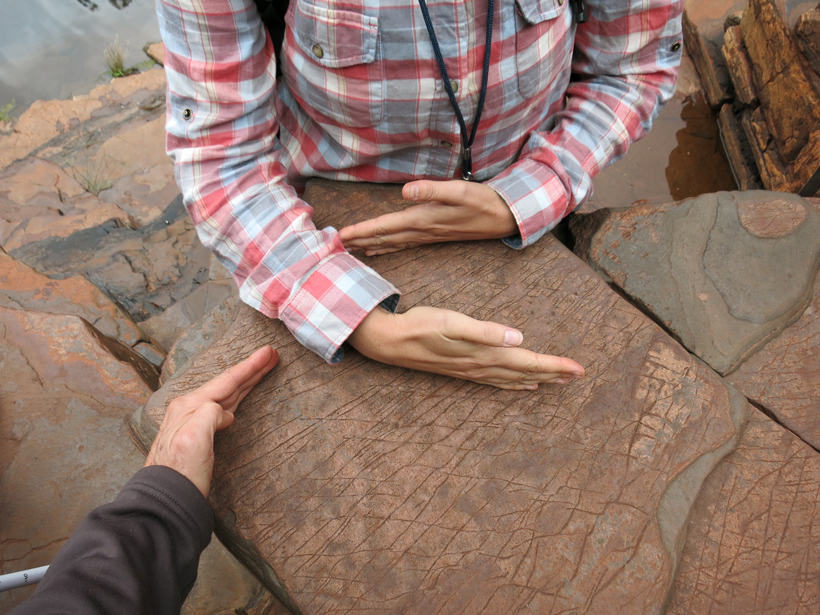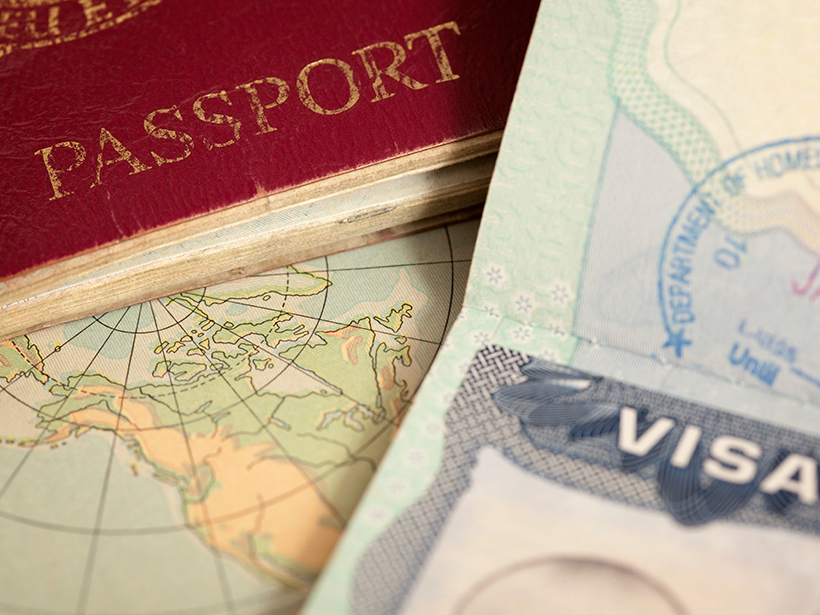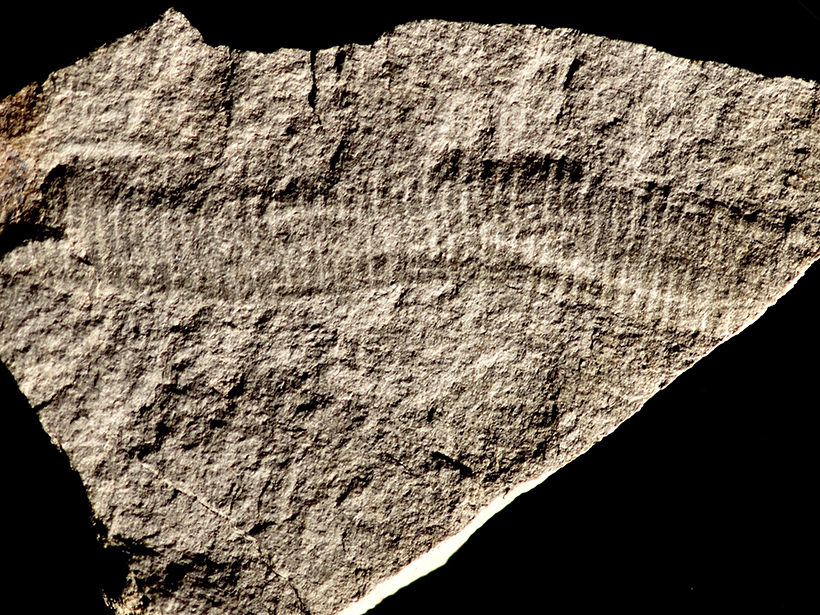Earthquake preparation in Bangladesh is a conundrum, where crucial information is missing and investments often involve painful trade-offs.
Features
Drones in Geoscience Research: The Sky Is the Only Limit
Here are six ways that drones are making their way into geosciences research and industry through innovative applications.
Learning to Form Accurate Mental Models
A cycle of prediction, comparison, and feedback supports spatial learning in geoscience.
Iranian Geoscientists’ Careers Hurt by U.S. Travel Policies
Three scientists spell out how travel bans, enhanced vetting, and burdensome bureaucracy, which collectively shape U.S. immigration law, have had lasting effects on their careers.
Hunting Rare Fossils of the Ediacaran
The search for fossil imprints and casts of squishy organisms takes time, perseverance, and sometimes a sprinkle of luck.
How Will Climate Change Affect the United States in Decades to Come?
A new U.S. government report shows that climate is changing and that human activities will lead to many more changes. These changes will affect sea levels, drought frequency, severe precipitation, and more.
Probing Magma Reservoirs to Improve Volcano Forecasts
The roots of volcanoes remain enigmatic, largely because geophysical and petrological models remain rudimentary. Scientific drilling and exploration can help.
Volcanic Unrest at Mauna Loa, Earth’s Largest Active Volcano
Mauna Loa is stirring—is a major eruption imminent? Comparisons with previous eruptions paint a complicated picture.
Ten Mesmerizing Geophysical Maps That Double as Works of Art
From tiny seafloor features in the Gulf of Mexico to craters pocking the surface of Mars, the details on these maps captivate and fascinate.
Thirteen Innovative Ways Humans Use Drones
From the bottom of acid lakes to up in the sky, autonomous vehicles are changing the way scientists view and study Earth.










